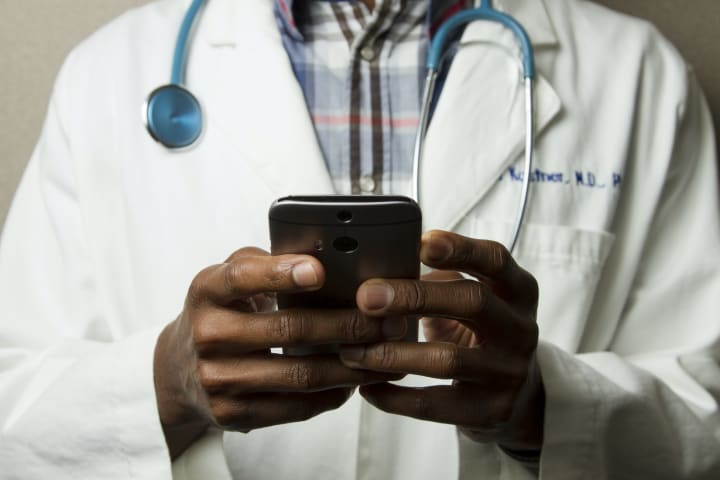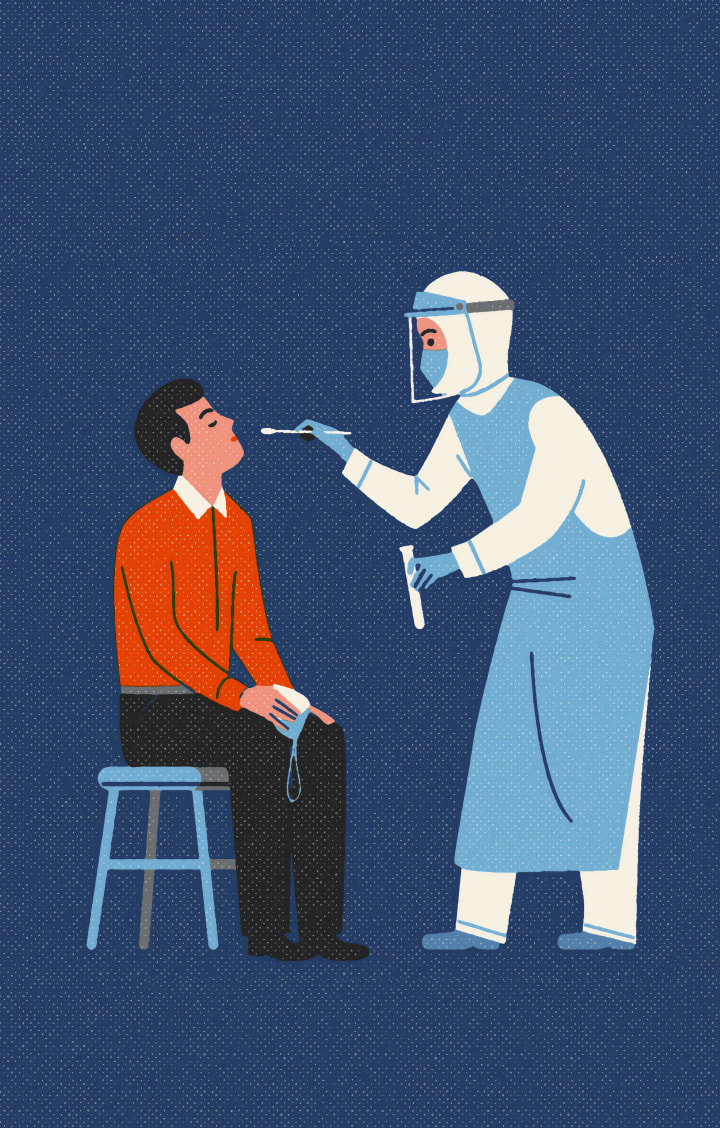How Telemedicine Is Transforming Healthcare
A Brief History of Telemedicine

If you have started to hear the term “Telemedicine” a lot over the last couple of months and wondering, “What is Telemedicine?" you might not be the only one. The concept of telemedicine is booming among healthcare professionals during the recent pandemic as it pushes them into searching for ways to switch their practices online.
It may come as a surprise but the practice of telemedicine is not as new as you might think. The truth is, it actually has a long history that reverberates through the invention of the telegraph and the telephone.
During the Civil War, militaries started to use telegraphs to send messages about their casualties and injuries from one location to another. It was also used to order medical supplies and for medical consultations.
The early 20th century had actually laid the groundwork for technological advancements including telemedicine. In fact, a pioneer called Dr. Hugo Gernsback had thought of a groundbreaking design that was way ahead of its time even if it was just an imaginary technology. He came up with a future tool called Teledactyl that supposedly would make it possible for doctors to examine their patients through a view screen using robotic arms. This crazy yet imaginary tool was first featured in the February 1925 issue of Science and Invention. Dr. Gernsback hopefully conceptualized that with additional refinements this sensory feedback device would turn out to be a reality around the 1970s.

Even though his assumptions were too good for the real world, today, the healthcare industry practices telemedicine as he imagined only without the robotic hands and sensory devices.
Kicked off by electrical telegraphs, first sound-powered telephones, and imaginary sensory devices, telecommunication technology has transformed the way we interact with one another and eventually led the healthcare industry to rapidly evolve and reach a point that hospitals start to put the concept of telemedicine into practice by using different forms of communication tools to reach their patients in distant locations.
Telehealth and Telemedicine Today
Using technology in healthcare preliminarily aimed to reach patients in rural locations. However, in time both healthcare professionals and patients embraced this technology. As they have become more tech-savvy, the use of telemedicine for remote services like medication management, follow-up appointments, and patient monitoring has become more and more prominent.

Despite the recent rise in popularity, it was not until the Coronavirus outbreak that a considerable number of countries and institutions who weren’t fully aware of telehealth or telemedicine realized that this technology is here and it is here to stay. Right after terms like “social distancing” and “quarantine” have entered into our lives, these practices have become life-saving steps towards fighting against COVID-19. Simply put, it actually left governments and healthcare professionals no choice other than embracing them.
Telehealth or Telemedicine? What is the Difference?
As these revolutionizing concepts have been embraced by more and more healthcare professionals, telemedicine and telehealth terms have started being used quite interchangeably. The average patient might not know the difference between these terms but each refers to a different set of services.
Telehealth broadly covers the elements of remote telecommunication technologies used in healthcare. The biggest difference between these two concepts is that telehealth may also include non-clinical services like medical courses used for public health education, administrative hospital meetings, or even webinars. Telemedicine, on the other hand, can be included in the scope of Telehealth and mostly refers to all remote clinical services such as evaluations, consultations, follow-ups, and so on.
The Value of Remote Healthcare Services in the Event of a Global Pandemic
Just like everything else in our lives, we tend to not pay attention to the importance and value of certain opportunities that we always take for granted. The dedication of healthcare professionals is one of these things that we can count as a blessing. Each day millions of healthcare workers, not only doctors and nurses, but also often ignored janitorial staff, people who work for patient transportation services, and many other staff members stand up to the global Covid-19 pandemic and put the interest of patients before their own by risking their lives.

Considering the inconceivable burden on the frontline healthcare workers’ shoulders, undergirding the assistive technologies like telemedicine alleviates their workload to a certain extent. Bringing down the number of patients that healthcare workers take care of each day not only prevents the likelihood of staff shortages related to Covid-19 but it also reduces the risk of spreading the disease both among healthcare workers at-risk and also among uninfected patients seeking medical care for non-essential consultations and treatment of minor discomforts and illnesses which can be handled via telemedicine. Telemedicine can also diminish the costs of inpatient care as it decreases the demand to see a healthcare professional for simple health issues.
HIPAA Compliance for Telemedicine Providers
Telemedicine can be a response to increasing patient demand. However, patient privacy and security concerns become more apparent when it comes to ensuring the exact in-person doctor-patient confidentiality. Healthcare professionals who want to provide HIPAA compliant telemedicine services in order to communicate with patients might not be fully aware of these complex sets of regulations.
In such cases, third-party communication channels come into play to secure the confidential patient information. Given that conventional video communication tools, like Skype and Facetime do not support HIPAA compliance, a search for a reliable and secure web conferencing solution has become the number one priority for healthcare professionals. The same applies to finding trustworthy appointment scheduling tools and other collaboration software that secure communication between hospital crew.

Ultimately, the transformation to telemedicine grants too big an opportunity to be overlooked. Ever since the first conceptualization of future healthcare technology, telemedicine has held the promise to upgrade the prevailing circumstances of the industry standards. Apart from the revolutionary approach it has brought, this spreading technological enhancement might progress even faster than the Covid-19 virus as it continues to be a boon to patient convenience, and satisfaction.







Comments
There are no comments for this story
Be the first to respond and start the conversation.